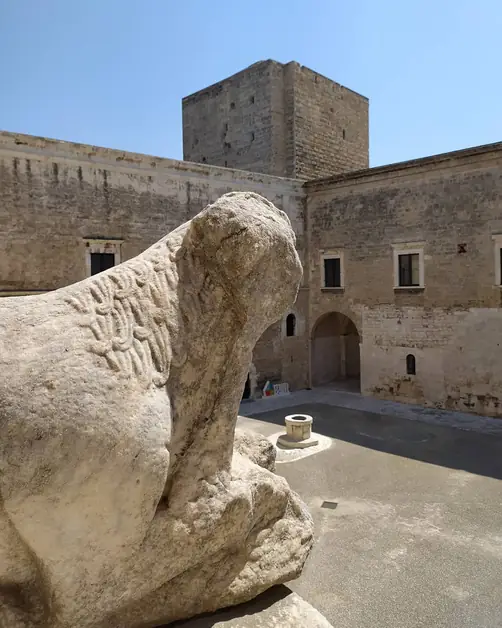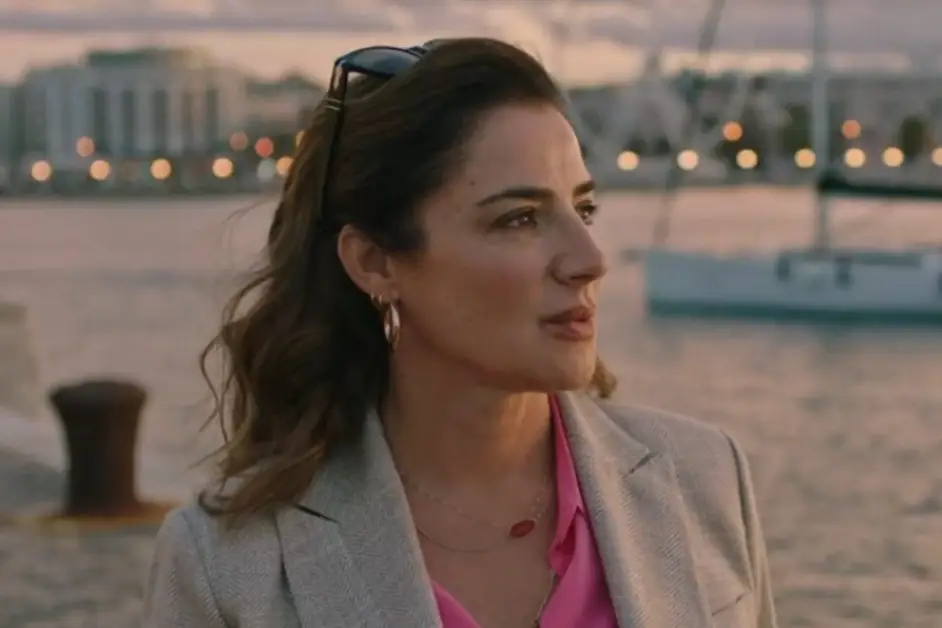The Swabian Castle of Bari
The Swabian Castle of Bari is a historical monument that narrates eight centuries of Apulian history, with Norman origins and a Swabian reconstruction.

Majestic and imposing, the Swabian Castle stands as a silent guardian in the heart of Bari, a witness to over eight centuries of Apulian history. This fortress represents one of the most significant monuments of the city, a place where the medieval past meets the present in a fascinating dialogue between eras.
The castle has ancient origins dating back to 1132, when it was built at the behest of the Norman king Roger II. However, the building we can admire today is mainly the result of the reconstruction ordered by Frederick II of Swabia in 1233, after the original structure had been almost completely destroyed. Hence the name "Swabian," which recalls the dynasty of the emperor who redesigned its appearance and function.
Over the centuries, the castle has undergone numerous transformations, adapting to the needs of various rulers of Bari. During the Aragonese period (15th century), the fortress was further strengthened and expanded. With the Aragons first and the Spaniards later, the building became primarily a prison and barracks. Only in the 20th century was the castle restored and opened to the public as a museum and cultural space.
The Swabian Castle presents a trapezoidal plan, surrounded by a wide moat now devoid of water. The structure is characterized by massive walls of local white limestone and imposing corner towers. Particularly striking is the entrance portal, decorated with sculptural elements that narrate the power of Emperor Frederick II.
Visiting the castle, you can admire the extraordinary Swabian Hall, with its arches and ribbed vaults that testify to the elegance of medieval architecture. The Gipsoteca Museum hosts an interesting collection of plaster casts of medieval sculptures from various Apulian sites. The exhibition halls regularly host temporary exhibitions of contemporary art and photography.
From the upper walkway, one enjoys a spectacular view of the Adriatic Sea and the historic center of Bari. The castle is equipped with informative panels that illustrate the history of the building and its various construction phases. For those wishing to delve deeper, guided tours are available to discover anecdotes and little-known details. Access is also facilitated for people with reduced mobility, thanks to ramps and elevators.
The bookshop offers publications and souvenirs related to the history of the castle and medieval Apulia. The Swabian Castle represents an unmissable stop to understand the historical stratification of Bari and its role in the medieval Mediterranean. Its strategic position, between the historic center and the waterfront, makes it easily included in a city tour itinerary.
The building is one of the best examples of Frederickian military architecture in Italy, unique in its kind. The temporary exhibitions always offer new reasons for interest, even for those who have already visited the castle before. The castle is particularly striking in the morning hours, when the sunlight enhances the golden color of the Apulian limestone.
In summer, the morning visit allows you to avoid the hottest hours of the day. In the evening, especially during special events and night openings, the illuminated castle creates a magical and almost fairy-tale atmosphere. During weekends and the tourist season, it is advisable to arrive early to avoid queues.
The Swabian Castle is one of the most visited attractions in Bari, second only to the Basilica of San Nicola. The summer months and holiday periods see the highest influx of tourists, both Italian and foreign. Despite its popularity, the large spaces allow visitors to enjoy the visit without excessive crowding. Weekdays are ideal for a quieter and more meditative visit.
Plan at least an hour and a half for a complete visit that includes all the rooms and exhibitions. Check the opening hours in advance, as they may vary by season. Wear comfortable shoes, as there are several steps and uneven pavements to navigate. Don't forget your camera: the castle offers wonderful views of the city and the sea.



